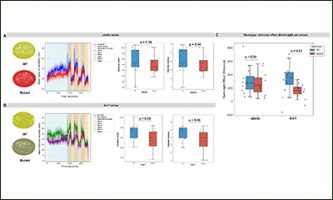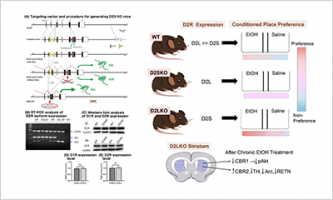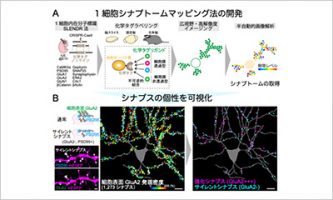Development of "a novel cell therapeutic approach using peripheral blood mononuclear cells" for ischemic stroke
Nov 18 2019
A group of researchers consisting of, among others, Specially Appointed Assistant Professor Masahiro Hatakeyama, Associate Professor Masato Kanazawa, graduate student Itaru Ninomiya, and Professor Osamu Onodera, Department of Neurology, Brain Research Institute, Niigata University, and Professor Takayoshi Shimohata, Department of Neurology, Gifu University Graduate School of Medicine, for the first time found that mononuclear cells*, which are present in the peripheral blood and have roles to play in the pathological conditions following stroke, activate tissue repair capabilities through simple oxygen-glucose deprivation without the use of drug. Cerebral ischemic rats administrated these cells were shown to have significant improvements in sequelae. These findings may potentially lead to a novel therapy for ischemic stroke.
The results of the research on this "A novel therapeutic approach using peripheral blood mononuclear cells preconditioned by oxygen-glucose deprivation for ischemic stroke” was published in Scientific Reports at 7 pm on Thursday, November 14, 2019 (JST).
* Mononuclear cells: A content of leukocytes in the blood; normally involved in inflammation.
Publication Details
Title: A novel therapeutic approach using peripheral blood mononuclear cells preconditioned by oxygen-glucose deprivation
Journal: Scientific Reports
Authors: Masahiro Hatakeyama, Masato Kanazawa, Itaru Ninomiya, Kaoru Omae, Yasuko Kimura, Tetsuya Takahashi, Osamu Onodera, Masanori Fukushima, and Takayoshi Shimohata
More News
-
 Dec 08 2025 Research results
Dec 08 2025 Research resultsBehavioral and molecular insights into anxiety in ube3a and fmr1 zebrafish models of autism spectrum disorders
-
 Nov 18 2025 Research results
Nov 18 2025 Research resultsDopamine D2S/D2L Receptor Regulation of Alcohol-Induced Reward and Signaling
-
 Nov 17 2025 Research results
Nov 17 2025 Research resultsSingle-cell synaptome mapping of endogenous protein subpopulations in mammalian brain
